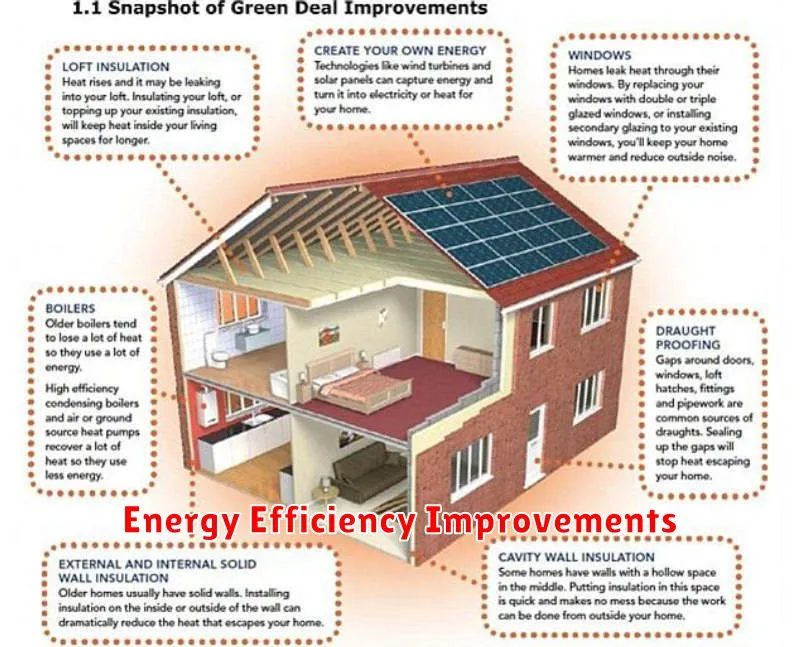Looking to significantly enhance your property value? You’ve come to the right place. This comprehensive guide provides actionable strategies to increase property value, whether you’re planning to sell soon or simply want to build equity. We’ll delve into both major renovations and cost-effective updates, offering insights into maximizing your return on investment. Understanding how to increase home value is crucial for building wealth and securing your financial future, and we’ll equip you with the knowledge you need to make informed decisions.
From boosting curb appeal to tackling essential home improvements, we’ll cover key areas that contribute significantly to a property’s perceived worth. Learn how strategic renovations, targeted upgrades, and even simple maintenance tasks can increase the value of your property. Whether you’re interested in kitchen remodeling, bathroom upgrades, landscaping enhancements, or energy-efficient improvements, discover practical tips and valuable advice to make your property more attractive to potential buyers and boost its overall market value. This guide offers a roadmap to strategically increase your property value, ensuring a strong return on your investment.
Understanding Market Trends and Timing
Market trends represent the general direction of a market or asset’s price over time. Identifying trends, whether uptrends (bullish), downtrends (bearish), or sideways (consolidation), is crucial for successful investing. Analyzing trends involves studying various factors such as price action, volume, and economic indicators. Understanding these trends helps investors make informed decisions about when to enter or exit the market.
Market timing, on the other hand, is the act of trying to predict the short-term price movements of a security. While appealing, successfully timing the market is notoriously difficult. It requires accurately predicting both the direction and the precise timing of market turns, which is subject to unpredictable external forces and market volatility. Many financial professionals recommend a long-term, strategic approach to investing rather than focusing on short-term market timing due to its inherent difficulties.
While accurately predicting short-term market movements is challenging, understanding broader market trends can be a valuable tool for investors. By recognizing and interpreting trends, investors can make more informed decisions about asset allocation, risk management, and long-term investment strategies. It’s important to focus on developing a well-defined investment plan and avoid emotional reactions to short-term market fluctuations.
Renovations That Add Real Value
When considering home renovations, focusing on projects that offer a strong return on investment is crucial. Kitchen and bathroom upgrades consistently top the list. Modernizing these spaces with updated fixtures, efficient appliances, and improved layouts can significantly enhance both functionality and appeal to potential buyers. A minor kitchen remodel can recoup a substantial portion of its cost, while a minor bathroom remodel often sees even higher returns. Concentrating on improvements that offer both aesthetic and practical benefits is key to maximizing value.
Beyond kitchens and bathrooms, certain other renovations consistently add value. Boosting curb appeal through landscaping, fresh paint, and updated siding can make a powerful first impression. Creating additional living space by finishing a basement or converting an attic into a usable room also provides a significant return. Energy-efficient upgrades, such as new windows, insulation, and HVAC systems, are not only appealing to buyers but can also result in lower utility bills, offering both immediate and long-term value. These improvements enhance comfort and reduce operating costs, making your home more attractive to prospective buyers.
While personal preferences play a role in renovation choices, focusing on neutral updates is generally recommended for maximizing resale value. Opting for classic designs and finishes that appeal to a wider range of buyers is a smart strategy. While bold or trendy choices may suit your personal style, they may not resonate with potential buyers and could even detract from the overall appeal of your home. Prioritizing timeless updates ensures broader appeal and helps avoid the need for further renovations before selling.
Boosting Curb Appeal on a Budget

Improving your home’s curb appeal doesn’t have to break the bank. Focusing on a few key areas can make a big difference. Start with a thorough cleaning. Power wash siding and walkways to remove dirt and grime. Neatly trim hedges and shrubs, and edge along walkways and driveways. A fresh layer of mulch in flowerbeds provides a polished look. These simple steps create a clean and inviting first impression.
Next, consider inexpensive upgrades. A fresh coat of paint on the front door can dramatically update the appearance of your home. Choose a bold color to make a statement or stick with a classic neutral. Updating house numbers and exterior lighting fixtures are other budget-friendly options. Adding colorful potted plants near the entrance adds a touch of life and vibrancy.
Finally, pay attention to the details. Ensure your mailbox is in good condition and consider replacing it if necessary. A new welcome mat adds a welcoming touch. Declutter the porch or entryway, removing any unnecessary items. These small but impactful changes can significantly enhance your home’s overall curb appeal without a significant financial investment.
Upgrading Kitchens and Bathrooms

Upgrading kitchens and bathrooms offers a significant return on investment for homeowners. These spaces are crucial for daily living and significantly impact a home’s overall value. Focusing on key improvements can maximize this return. For kitchens, consider replacing outdated appliances with energy-efficient models, refinishing cabinets, and upgrading countertops. In bathrooms, updating fixtures, improving lighting, and enhancing ventilation can make a substantial difference.
Careful planning is essential for a successful renovation. Establishing a realistic budget and timeline helps manage expectations and avoids unexpected costs. Prioritize needs over wants. For instance, a new, functional sink might be more important than a high-end faucet. Consider the existing layout and explore ways to improve functionality without major structural changes. This approach often saves both time and money.
Choosing durable and aesthetically pleasing materials contributes to the longevity of the upgrade. Quality materials, while sometimes more expensive upfront, ultimately save money in the long run by reducing the need for frequent repairs or replacements. Select materials that are easy to clean and maintain to ensure the upgraded spaces remain attractive and functional for years to come.
Energy Efficiency Improvements

Energy efficiency improvements offer significant benefits, both financially and environmentally. By reducing energy consumption, you lower your utility bills and contribute to a smaller carbon footprint. These improvements can range from simple changes in behavior, like turning off lights when leaving a room, to more substantial investments, such as upgrading to energy-efficient appliances or improving insulation.
Several key areas can be targeted for improvement. These include: improving insulation in walls, attics, and floors; sealing air leaks around windows and doors; upgrading to energy-efficient windows; replacing incandescent light bulbs with LEDs; and choosing Energy Star certified appliances. Implementing even a few of these changes can make a noticeable difference in your energy usage.
When considering energy efficiency improvements, it’s helpful to assess your current energy consumption and identify areas where the biggest savings can be achieved. A professional energy audit can provide valuable insights and recommendations tailored to your specific needs. Investing in energy efficiency is a wise decision that pays dividends over time.
Keeping Maintenance Up to Date
Staying on top of maintenance tasks is crucial for preserving the longevity and efficiency of any system, whether it’s a car, a home, or a piece of industrial equipment. Regular maintenance helps prevent costly breakdowns and repairs by addressing small issues before they escalate into larger problems. This proactive approach not only saves money in the long run but also minimizes downtime and ensures optimal performance.
Creating a maintenance schedule is key to staying organized and ensuring that all necessary tasks are completed on time. This schedule should include routine checks, inspections, and replacements based on manufacturer recommendations or industry best practices. Utilizing a calendar, spreadsheet, or dedicated maintenance software can greatly simplify the process of tracking and managing upcoming maintenance activities.
In addition to scheduled maintenance, it’s important to address unexpected issues promptly. Responding quickly to malfunctions or signs of wear and tear can prevent further damage and minimize disruption. Keeping a log of maintenance performed, including dates, descriptions, and costs, provides valuable documentation for troubleshooting and future planning. This record can also be helpful for warranty claims and resale value.
Hiring Professionals for Big Projects
When undertaking large-scale projects, engaging qualified professionals is essential for success. Attempting to manage complex endeavors with insufficient expertise can lead to costly mistakes, delays, and ultimately, project failure. Professionals bring specialized knowledge, experience, and efficient processes, ensuring the project is completed to the highest standards and within the allocated budget and timeline. Their insights can also mitigate potential risks and offer innovative solutions that might be overlooked by a less experienced team.
Choosing the right professionals involves careful consideration of several factors. Clearly define the project’s scope and identify the specific skill sets required. Thorough research and vetting of potential candidates are crucial. Look for a proven track record of success in similar projects, strong communication skills, and a collaborative approach. Requesting proposals and conducting interviews will provide valuable insight into their expertise and how they would approach your specific needs.
Establishing clear communication and expectations from the outset is vital for a smooth working relationship. Regular progress updates, open dialogue, and well-defined roles and responsibilities will ensure everyone is on the same page and working towards the shared goal. A collaborative environment fosters innovation and problem-solving, leading to a more efficient and successful project outcome.

